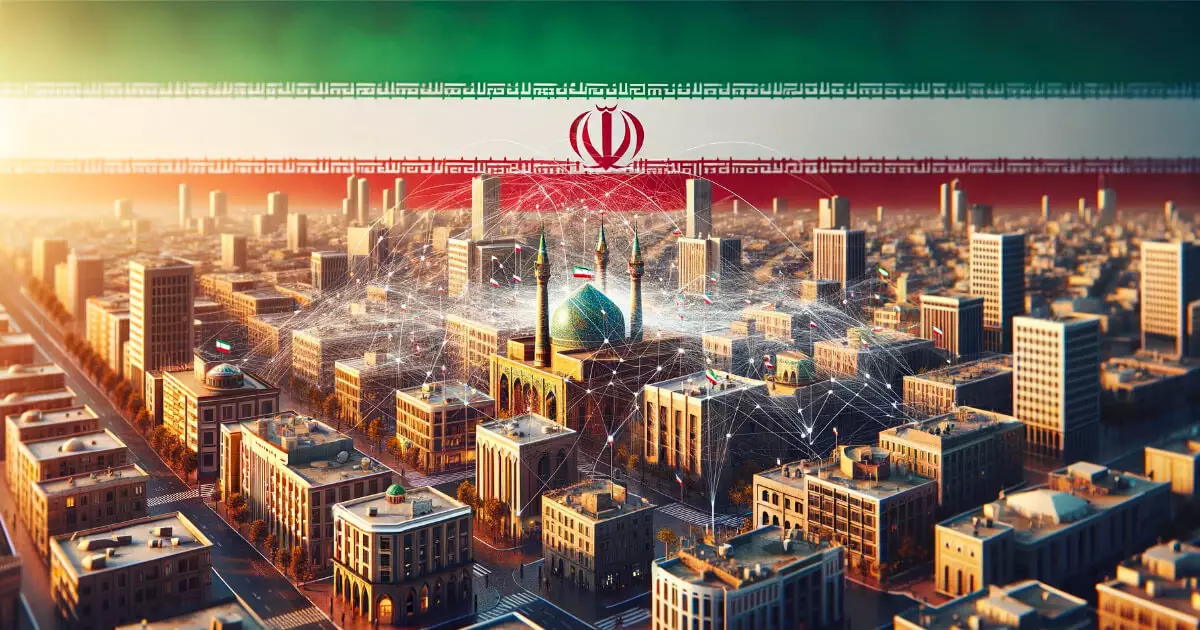In a significant move towards modernizing its financial infrastructure, Iran’s Central Bank is on the verge of launching its own central bank digital currency (CBDC), the Digital Rial. Announced by Central Bank Governor Mohammad Reza Farzin on November 25, during the 11th Annual Conference on Modern Banking and Payment Systems, this initiative is expected to overhaul the banking system and enhance Iran’s financial operations significantly. This article delves into the implications of the Digital Rial for both domestic and international banking landscapes, showcasing Iran’s ambitions amid external pressures.
Enhancing Banking Infrastructure
The Digital Rial is designed to tap into Iran’s sophisticated digital banking framework, notably the Shetab payment network, renowned for its swift transaction processing capabilities, handling transactions in less than two seconds. By leveraging such a robust foundation, the Digital Rial aims to facilitate both domestic and international financial transactions with improved efficiency. The urgency for such advancements stems from ongoing sanctions that have hampered Iran’s access to traditional international banking platforms, pushing the nation to innovate.
Implementing a CBDC like the Digital Rial goes beyond merely enhancing transaction speeds; it represents a strategic effort to alleviate operational bottlenecks and reduce costs associated with financial exchanges. Iran’s aspiration is to carve a niche for itself as a regional leader in modern banking, adapting to the shifting paradigms of the global financial ecosystem.
Farzin has articulated a vision that intertwines adaptation, innovation, and global collaboration aimed at ensuring that Iran’s banking system stays at the forefront of digital advancements. This vision is not simply aspirational but also pragmatic, recognizing the pressing need for financial autonomy in the face of external pressures, particularly from Western sanctions.
The Digital Rial is part of a more extensive strategy to interlink Iran’s financial systems with international networks while simultaneously reinforcing its economic resilience. Sanctions have induced a desperate need for alternative financial channels, prompting the Central Bank to explore innovative solutions like the ACU-MIR platform. Operational since October, this system has enabled regional trade with countries like India and Pakistan, effectively circumventing SWIFT.
Such developments signal Iran’s commitment to reshaping its financial landscape to be more autonomous and less reliant on established global networks. As Iran embraces new financial tools, it aims to redefine the parameters of international trade and payment systems.
Iran’s approach includes strengthening economic ties with BRICS countries, which are progressively advancing the use of local currencies in trading activities. This trend serves to diminish reliance on established global financial systems and enhances reciprocal commerce. Collaborations like linking the Shetab network with Russia’s MIR payment system highlight Iran’s ambitious drive to establish a seamless financial ecosystem across borders.
Such partnerships would not only facilitate cross-border transactions but also promote tourism, with Russian nationals anticipated to utilize Iran’s payment systems this winter. Concurrently, Iranian travelers will have access to similar financial services in Russia by early 2025. These cooperative initiatives signify a robust effort to expand regional connectivity and banking operability.
The rollout of the Digital Rial marks a transformative chapter in Iran’s banking sector, showcasing a determined push towards financial innovation and resilience. By prioritizing the adoption of digital currencies and alternative financial systems, Iran is not only seeking to revamp its internal operations but is also strategizing to elevate its importance on the global financial stage.
In a world where the dynamics of banking practices are continuously evolving, Iran’s initiatives reflect a proactive stance in addressing challenges while seizing opportunities. As the nation embarks on the journey towards digital currency, it may very well set a precedence for other nations facing similar predicaments, underlining the potential of CBDCs in fostering financial independence and resilience. The Digital Rial could be more than just a digital currency; it symbolizes a broader commitment to modernization and strategic adaptation in a rapidly changing global financial landscape.

